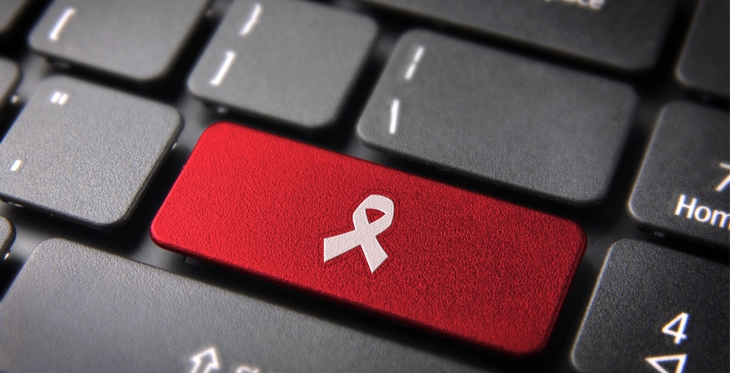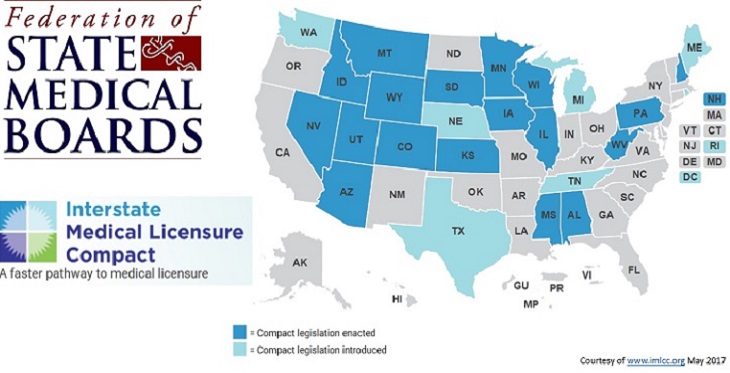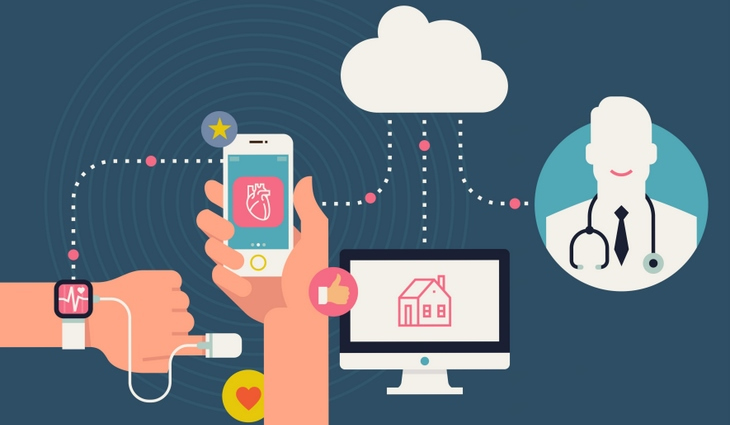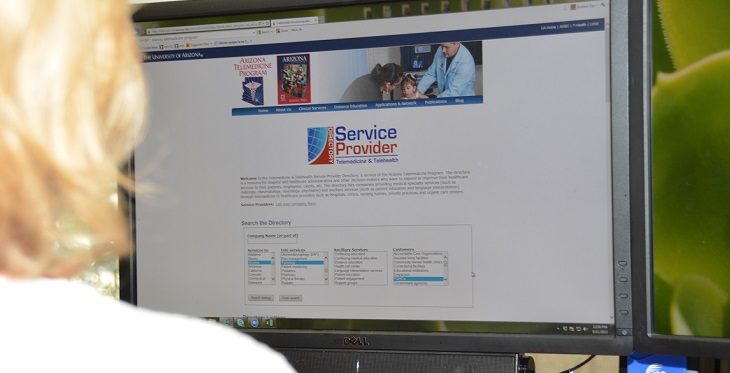Providers
In a watershed moment for the expansion of telemedicine, the Interstate Medical Licensure Compact Commission is now processing applications to allow physicians to practice telemedicine across state lines with greater ease. Nineteen states have passed legislation to adopt the Interstate Medical Licensure Compact, which allows physicians to obtain a license to practice medicine in any Compact state through a simplified application process. Under the new system, participating state medical boards retain their licensing and disciplinary authority, but agree to share information essential to licensing, creating a streamlined process.
The European Psychiatric International Congress, held in Madrid last month, drew behavioral health professionals from around the world, including Herbert Schwager, PhD, a clinical psychologist from the town of Willow, Alaska.
Dr. Schwager was invited to the prestigious gathering to present his paper on “The 21st Century House Call.” The paper summarized his research comparing the efficacy and patient satisfaction of face-to-face psychotherapy sessions with tele-behavioral medicine sessions, with patient and therapist meeting via secure video conference sofrware.
Dr. Schwager’s study involved 400 patients. Two hundred were followed via tele-behavioral medicine, and the other 200 in face-to-face meetings. Patients were studied over a two-year period.
From connected refrigerators that display the latest family photos to connected buttons that instantly place an order for laundry detergent when you press them, the Internet of Things is vast and growing rapidly. Health care is not immune to this new connected fever. Health care leaders and innovators are quickly developing connected health things that offer powerful new ways to care for people.
Need a doctor? Just use your tablet to see one via video—your insurance company may even pay for it. Or go to your nearest pharmacy—or maybe a kiosk at your workplace—for a telemedicine visit. This new service model is much more convenient, faster and cheaper than heading to an emergency department or urgent care center, and it’s growing by leaps and bounds.




